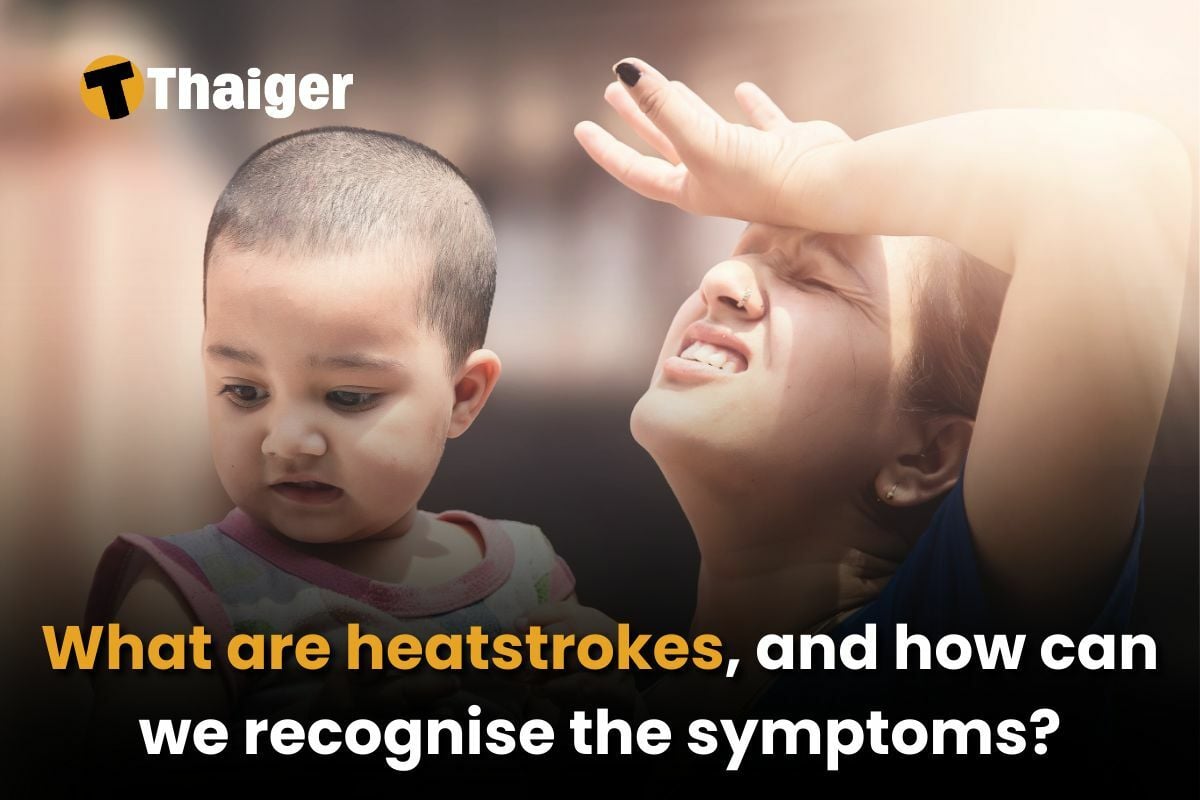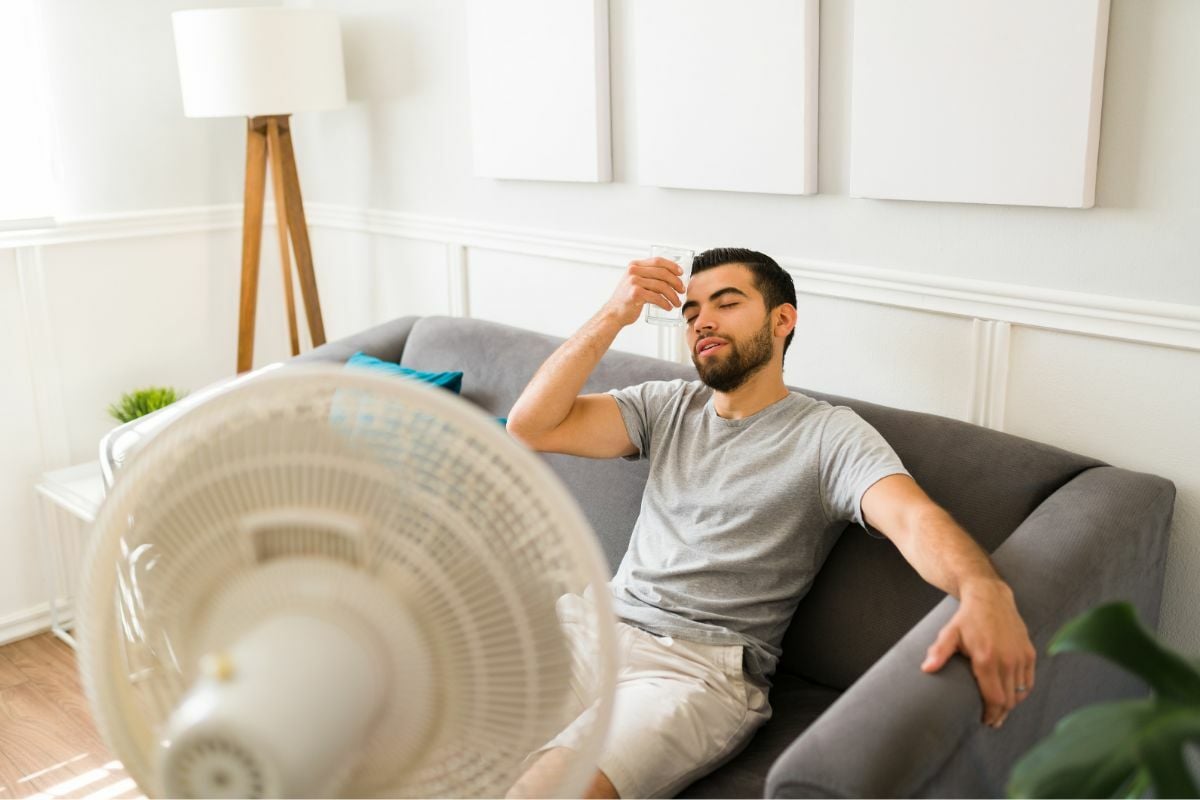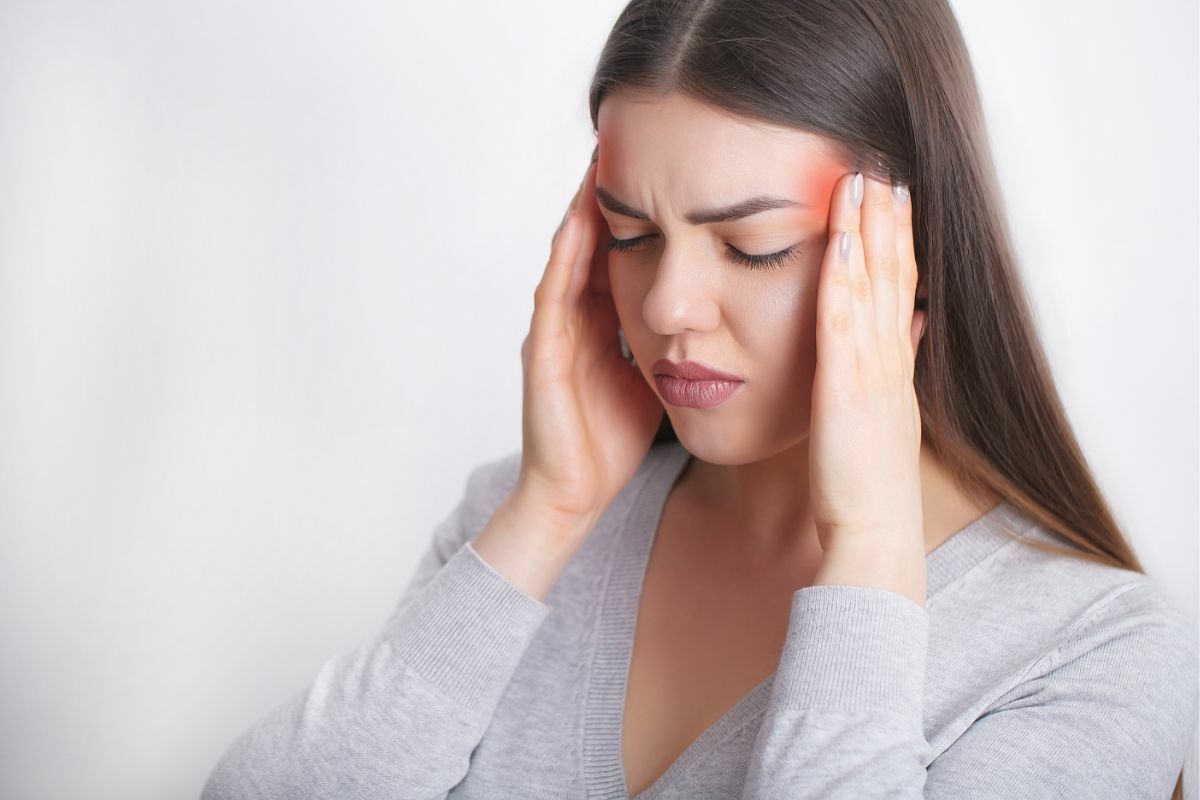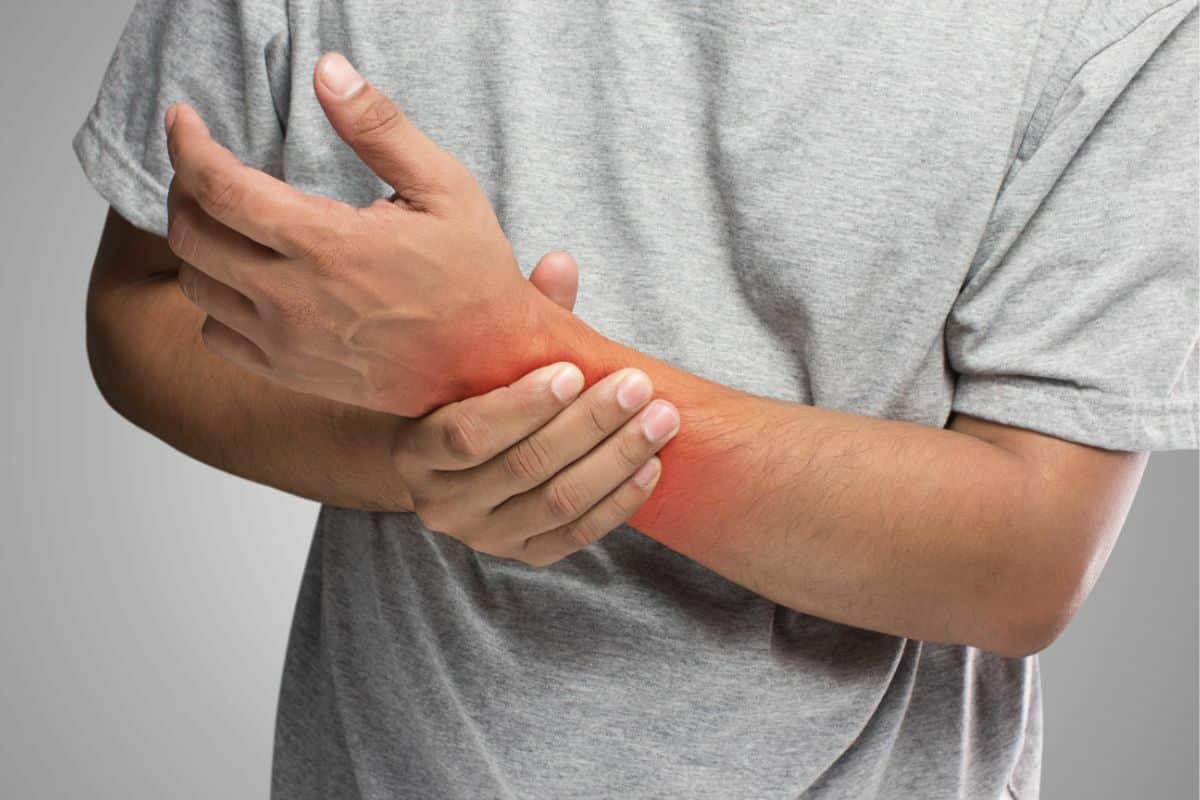What are heatstrokes, and how can we recognise the symptoms?

As we approach the hottest period of the year in Thailand (typically from March to May), cases of heatstrokes are on the rise once more. Thailand’s tropical climate, characterised by high temperatures and humidity, calls for a close watch on heatstroke signs.
More evidently, as this April, 2025, the scorching heat saw temperatures exceeding 42 degrees Celsius nationwide. Heatstrokes are more common than you may think, but the good news is that there are always signs, and they can be prevented.
What is a heatstroke?

Heatstroke, also known as sunstroke or hyperthermia, is a severe form of heat-related illness which occurs when the body’s temperature regulation system is overwhelmed by external heat. Heatstroke does not occur immediately upon stepping out into the sun, instead, it usually develops over time due to prolonged exposure to high temperatures and direct sunlight.
The silver lining, if we could call it so, is that we generally have plenty of time to look out for heatstroke signs before they happen. When our bodies are unable to dissipate heat effectively, our core temperature will rise rapidly, potentially leading to fatal consequences.
Symptoms of heatstroke can include a high body temperature (above 104°F or 40°C), a rapid and strong pulse, a throbbing headache, dizziness, nausea, confusion, and even unconsciousness.
The body has natural mechanisms to regulate its temperature, such as sweating and increasing blood circulation near the skin surface. However, when these mechanisms are overwhelmed by excessive heat and humidity, the body may no longer be able to maintain a normal temperature, leading to heat exhaustion and eventually heatstroke if left unaddressed.
Types of heatstroke
1. Exertional Heatstroke (EHS)
This type of heatstroke occurs due to intense physical activity, often in hot and humid conditions. EHS is commonly seen in athletes, military personnel, and labourers who engage in demanding physical tasks. The body generates excessive internal heat during vigorous exercise, and when combined with environmental factors, the body’s cooling mechanisms can become overwhelmed, leading to heatstroke.
2. Non-Exertional Heatstroke (NEHS) or classic heatstroke
This variation occurs due to prolonged exposure to high temperatures, often in combination with high humidity, without necessarily engaging in strenuous physical activity. NEHS is more common in vulnerable populations, such as the elderly, infants, and individuals with pre-existing health conditions or taking medications that impair the body’s temperature regulation.
This type of heatstroke can also result from being confined in hot environments, like a closed vehicle, without adequate ventilation or cooling.
Recognising the signs of heatstroke
1. High body temperature

This is the safest and surest way of telling whether you’re headed for heatstroke. Put a hand up to your forehead; if it’s warmer than normal, your body’s temperature regulation system may be struggling to cool your body down.
Normally, our bodies cool down by sweating and increasing blood flow near the skin. However, when it gets too hot or humid, or we engage in intense exercise, these processes may not be enough to maintain a safe body temperature. As a result, the body’s temperature rises, potentially leading to a fatal heatstroke. High body temperature can cause damage to our organs and even become life-threatening if not treated immediately.
In heatstroke, the body’s core temperature rises significantly, typically reaching 104°F (40°C) or higher. It goes without saying that it is crucial to recognise the signs of heatstroke and seek immediate medical attention when the body temperature reaches such dangerous levels.
2. Altered mental state

Heatstrokes can alter our mental state due to the effect of high body temperature on our brain and the central nervous system.
As our core temperature rises during heatstroke, the brain’s normal functioning may become disrupted, leading to various neurological symptoms. These can include:
- Confusion and disorientation: Difficulty thinking clearly.
- Irritability and agitation: Restlessness, or becoming easily frustrated or aggressive.
- Slurred speech: Difficulty forming words or speaking clearly.
- Delirium: State of confusion or disorientation, often accompanied by hallucinations.
- Seizures and comas: In extreme cases
These mental signs are critical warning signs of heatstroke and indicate that the condition has become severe, and immediate medical attention is needed.
3. Alteration in sweating

Leading up to a heatstroke, the skin may feel hot and dry to the touch as the body is unable to produce enough sweat to effectively cool down. This is often a result of dehydration, which compounds the body’s inability to produce sweat. High humidity is also a factor as it impedes the evaporation process of sweat, making it much harder for our bodies to cool down.
On the other hand, for heatstrokes caused by strenuous physical activity, the skin may feel moist or even excessively sweaty. This is due to the body generating a large amount of internal heat due to the intense exercise, which in turn causes an increase in sweat production.
However, despite the increased sweating, the body may still struggle to dissipate the excess heat, leading to a continued rise in core temperature, eventually leading to heatstroke.
4. Nausea and vomiting

Heatstroke can cause nausea and vomiting as high body temperatures affect how our bodies work, including our digestive system. When we’re experiencing heatstroke, our body is busy trying to cool down, which reduces blood flow to the stomach, igniting a feeling of nausea.
High temperatures can also affect our brain, which may trigger vomiting. It’s important to recognise and address these symptoms promptly as they compound exponentially, especially if we are dehydrated.
5. Rapid breathing

Heatstroke leads to rapid breathing as the body tries to cool down and ensure sufficient oxygen supply to the organs. Rapid breathing (also known as hyperventilation) helps the body dissipate heat by increasing air circulation around the skin and enhancing sweat evaporation, which has a cooling effect.
However, if the body is unable to effectively reduce its core temperature through these mechanisms, the symptoms of heatstroke can worsen.
6. Throbbing headache

Elevated core temperatures can cause blood vessels in our heads to dilate, increasing blood flow and pressure in the area, resulting in a throbbing sensation. Additionally, dehydration and electrolyte imbalances can occur during heatstroke, contributing to the development of headaches.
The strain on the body and the altered mental state associated do no favours for the headache. Be sure to look out for headaches during prolonged exposures to the sun, as it could be a crucial symptom of heatstroke.
7. Swelling

In response to high temperatures, blood vessels near the skin expand, allowing more blood to flow and release heat. However, this expansion can also cause fluids to leak from the vessels into nearby tissues, resulting in swelling, especially in the hands, feet, or ankles.
Moreover, heatstroke often causes dehydration and electrolyte imbalances, which can impair the body’s fluid regulation, further contributing to swelling. Not only is swelling a crucial telltale sign of heatstroke, but it may also require medical intervention to prevent complications.
How to prevent heatstroke?
Both types of heatstroke can be life-threatening and require immediate medical attention. Make sure to dress appropriately for the weather, stay hydrated, and avoid excessive sun exposure or intense physical activity during peak heat hours.
Undoubtedly, a contributing factor to the intense heat is global warming. Be sure to check out our other article on why Bangkok’s air quality is so bad.
Latest Thailand News
Follow The Thaiger on Google News:


























